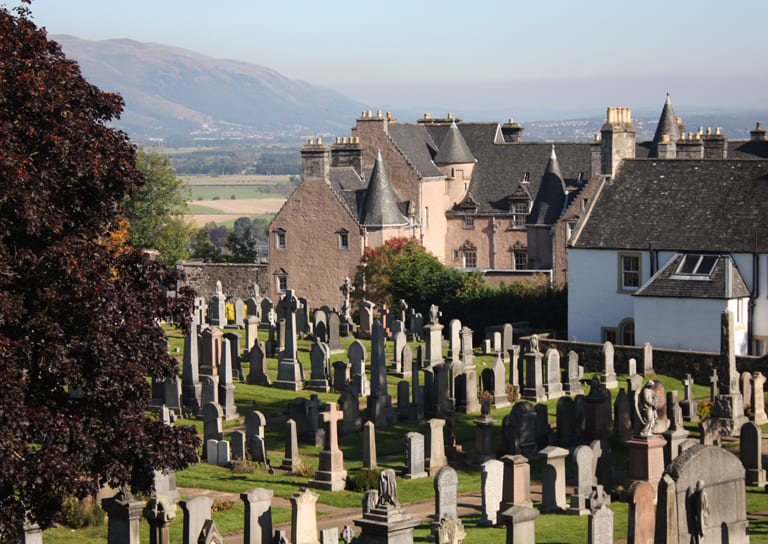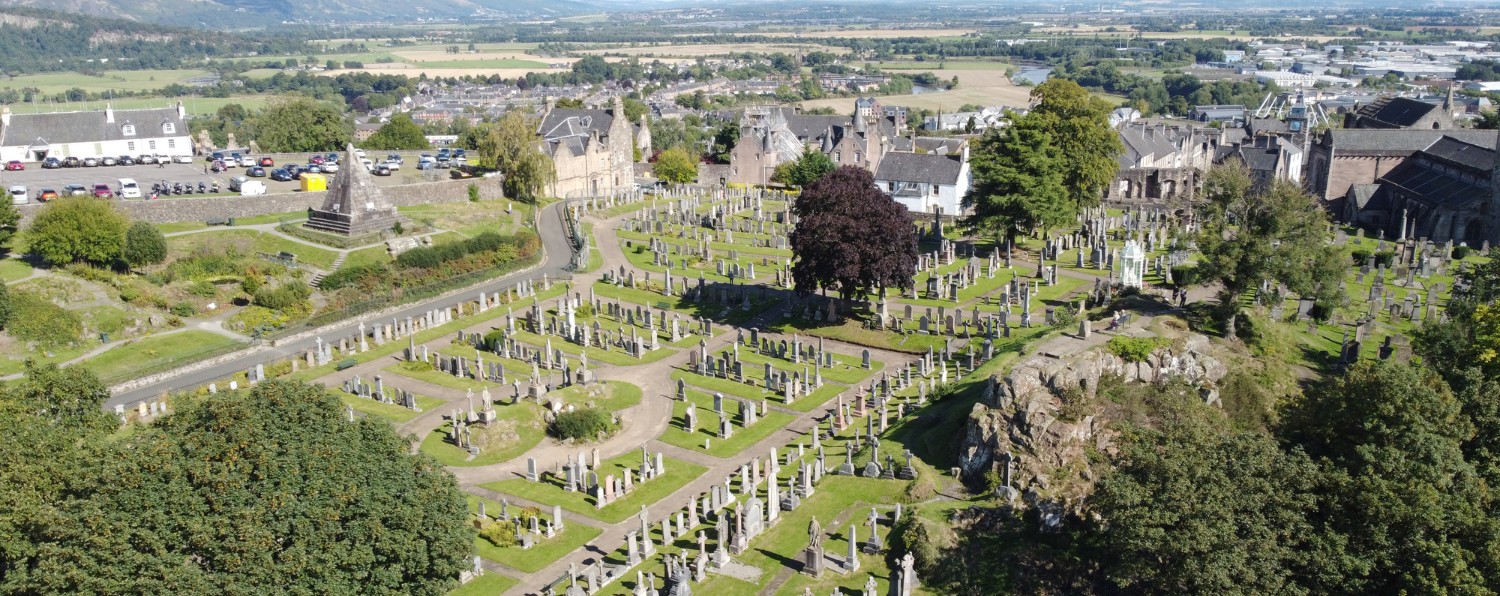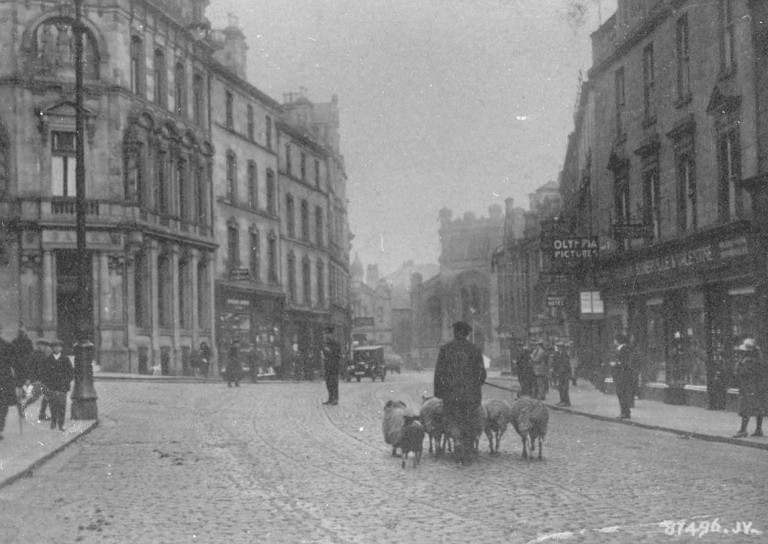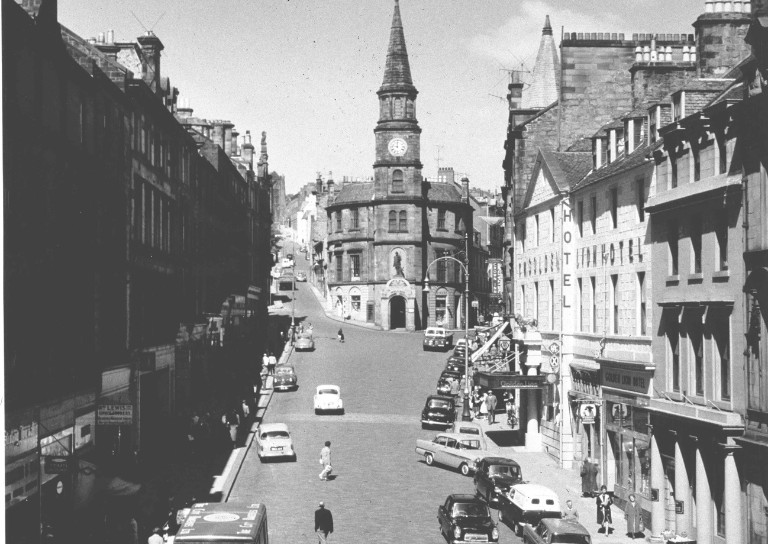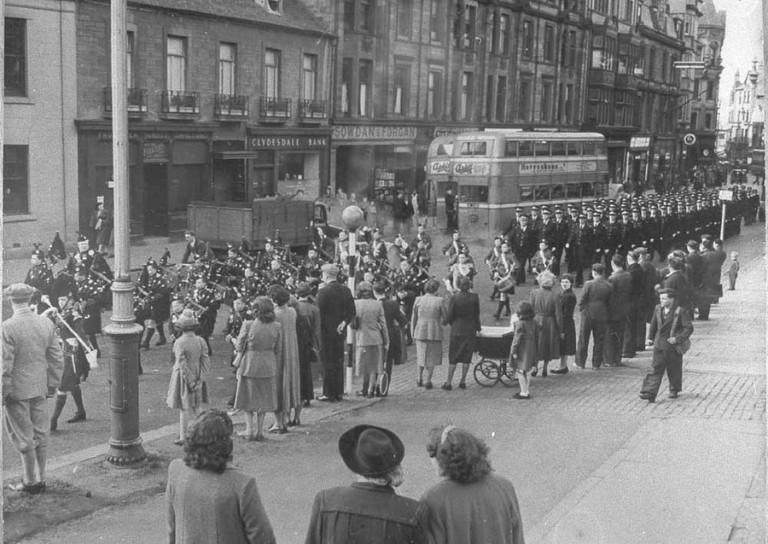- Home
- Our Work

- Stirling's Story

- Blog
- Beechwood House and the Transatlantic Slave Trade

- New Retrofit Service now available for Traditional Buildings Health Check Members

- Retrofitting Traditional Buildings: Chimneys

- SCHT 20: Championing Women in Construction
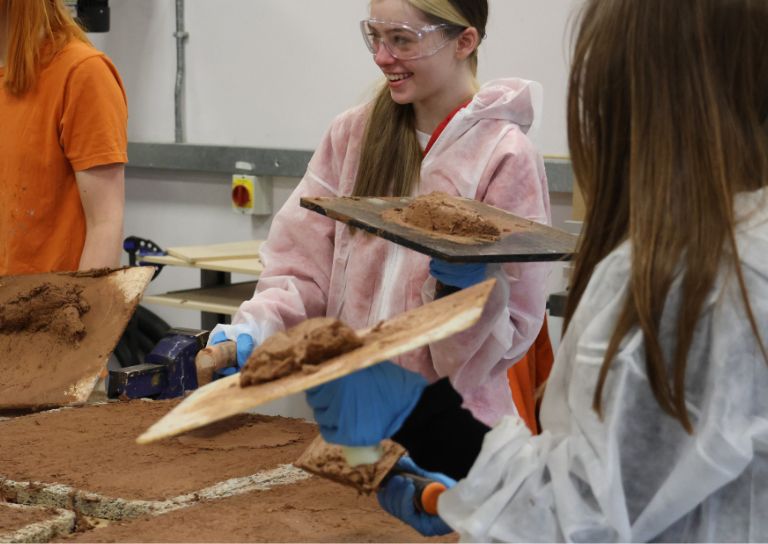
- Stirling's Lost Swimming Pools
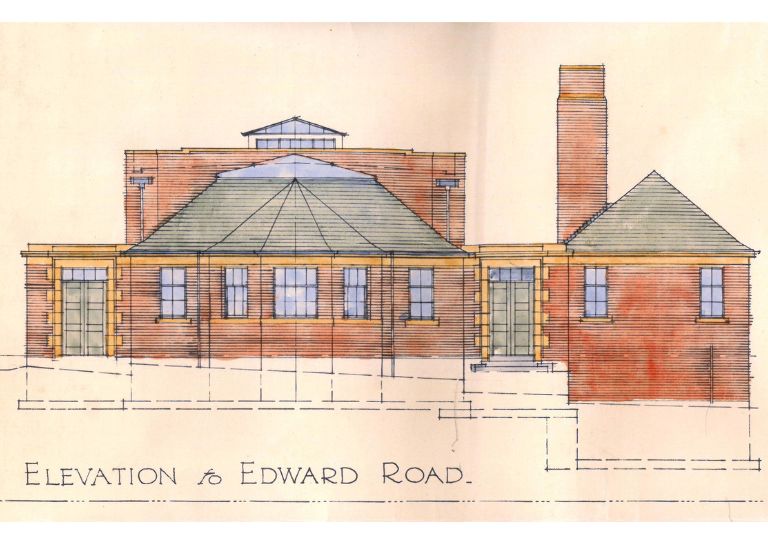
- Women in Construction at Bannockburn House
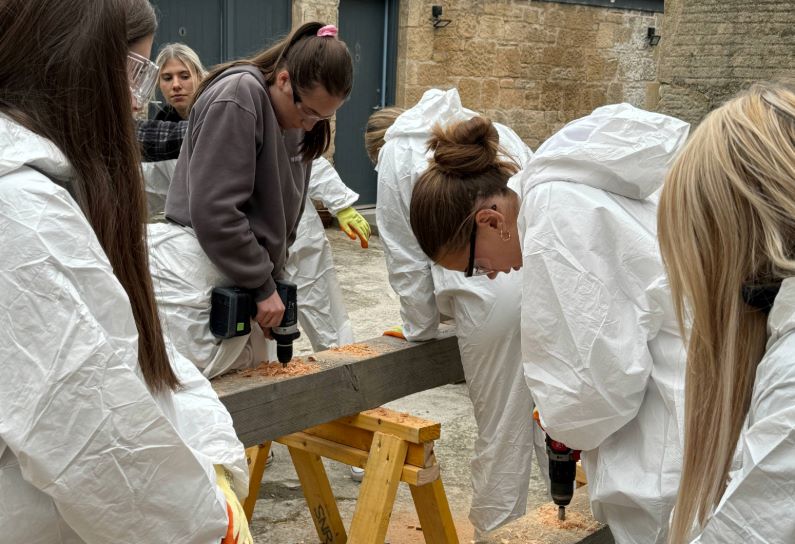
- Avenues to the Past: Stirling’s Historic Streets Exhibition

- Retrofitting Traditional Buildings

- Retrofitting Traditional Buildings: Windows

- Statement on Langgarth House

- Guest Blog: Dementia Friendly Heritage Interpretation

- SCHT Grant Conditions: Owners Associations
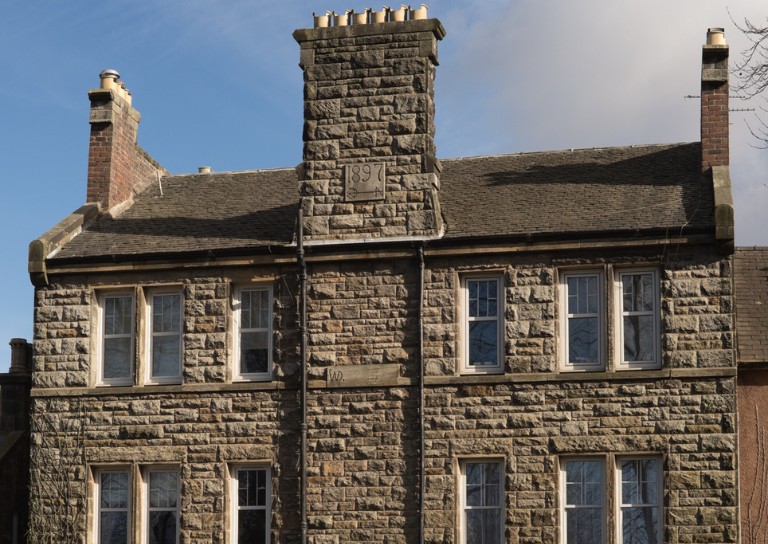
- Stirling Business Awards 2025

- What is a Conservation Area
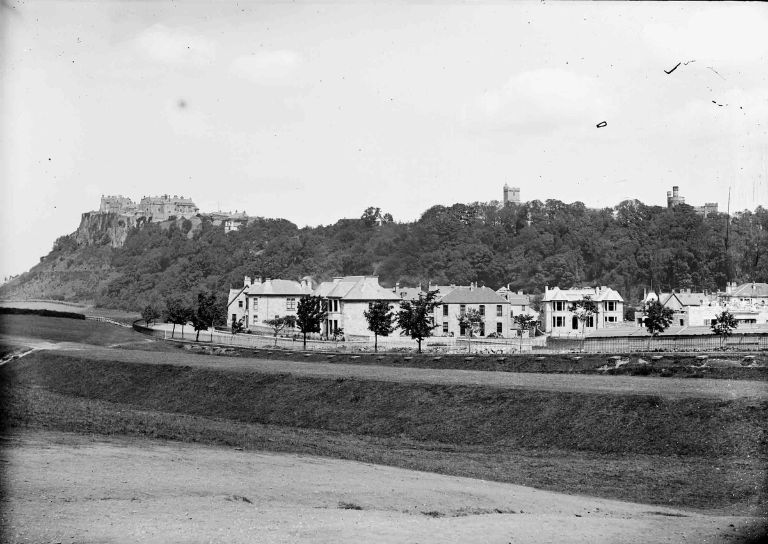
- 20 Great Buildings of Stirling

- Building Resilience: Maintaining Traditional Buildings

- Architects and The Thistle Property Trust

- World Heritage Day: Exploring Hayford Mill

- Community Consultation launched for Stirling’s Heritage Strategy
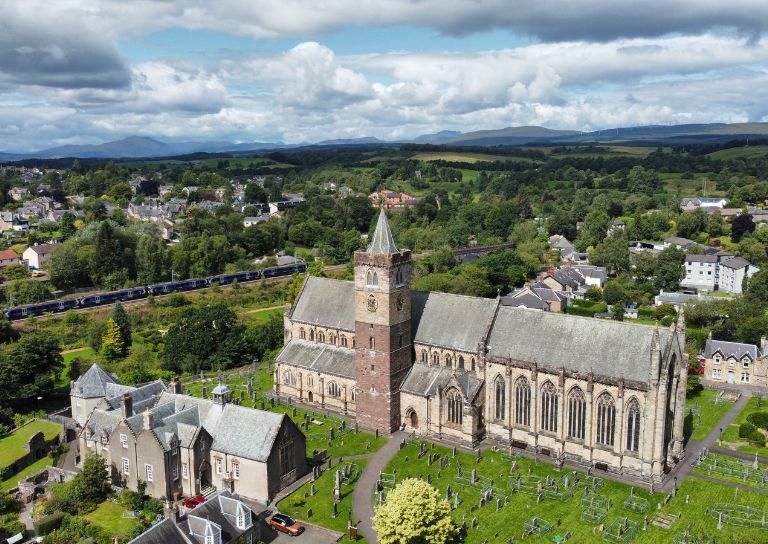
- SVE Inspire Awards September 2024

- Reminiscence Art Project
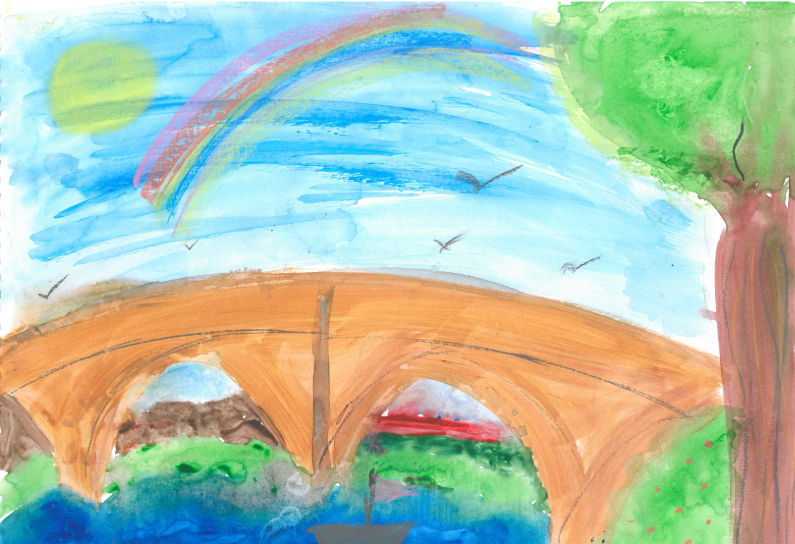
- On the European Stage: Preserving by Maintaining conference, Bratislava
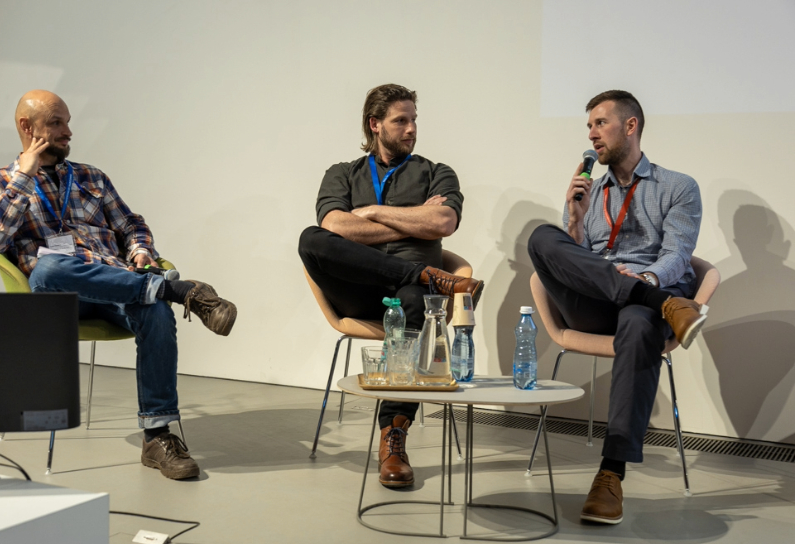
- The Abolition Movement in Stirling

- Shopping Arcades

- Retrofitting Traditional Buildings: Insulation

- Retrofitting Traditional Buildings: Climatic Adaptation
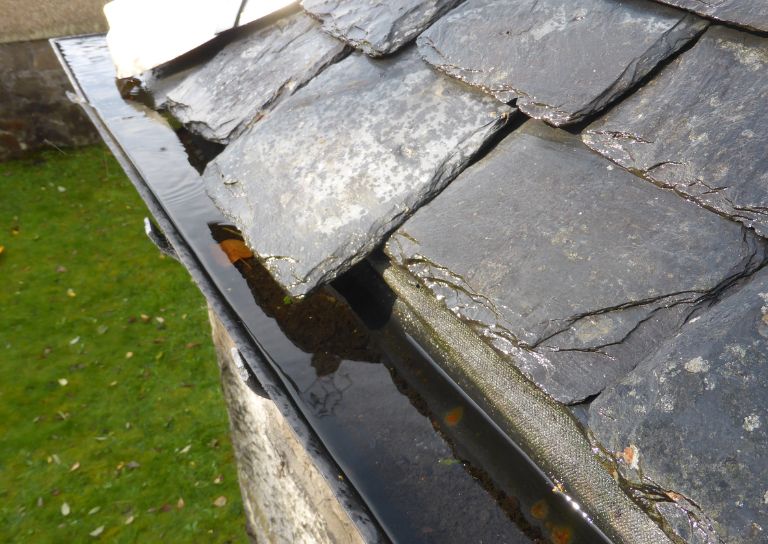
- Kings, Wolves and Drones: 20 years of care and repair at Stirling City Heritage Trust

- Practical Workshop on Retrofitting Insulation with A. Proctor Group
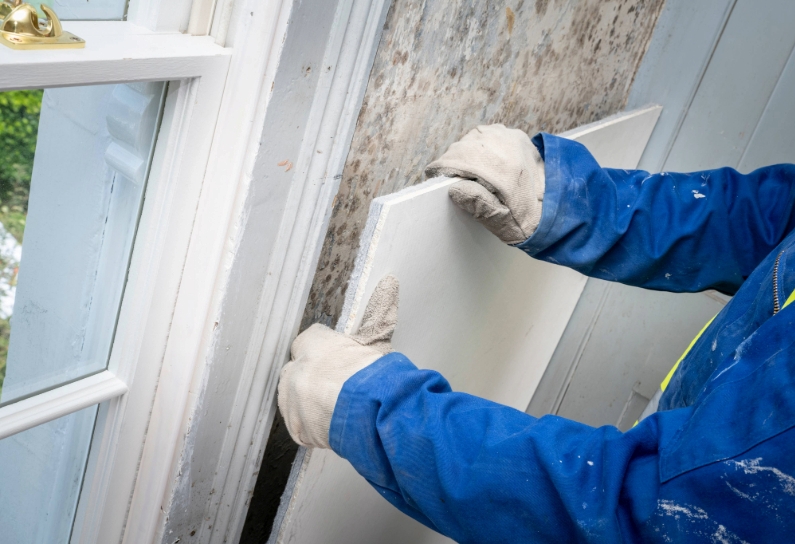
- Marking the 80th anniversary of VE Day
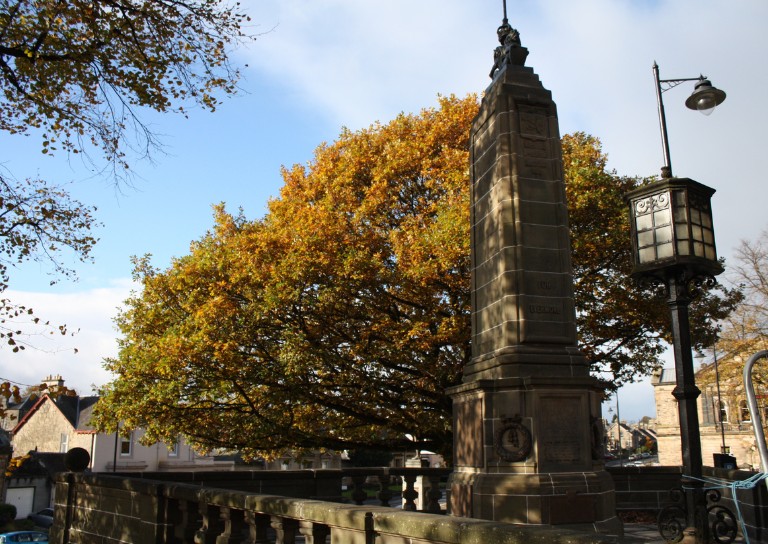
- Walker Family Visit

- Retrofitting Traditional Buildings: Fabric First

- Supporting traditional building repair in Stirling
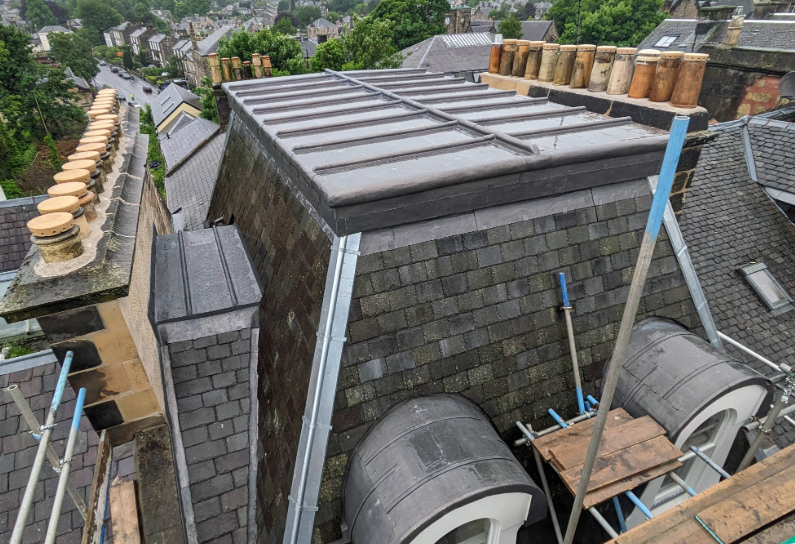
- Stirling's Historic Jails
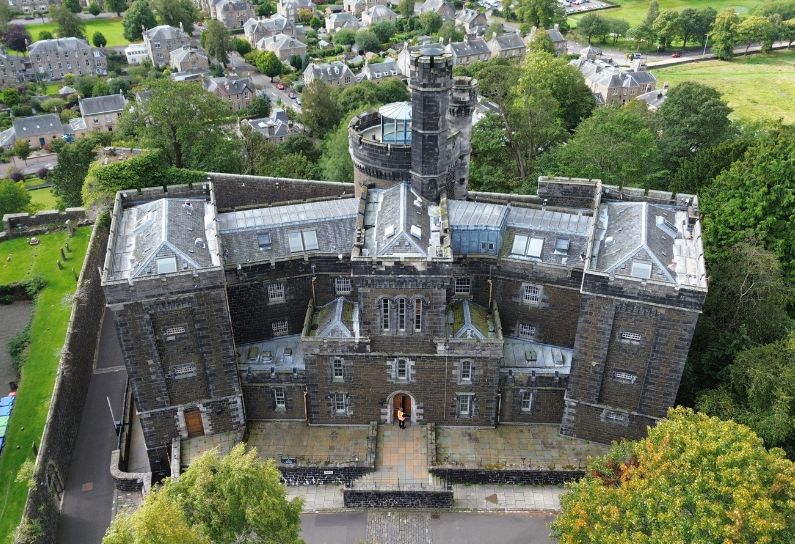
- Ghost Tales from Stirling

- Stirling Reminiscence Box

- Stirling City Heritage Trust at 20

- Retrofit Event: Meet the Suppliers

- Snowdon House and The West Indies

- Miss Curror and the Thistle Property Trust

- Dr Lindsay Lennie retires from Stirling City Heritage Trust
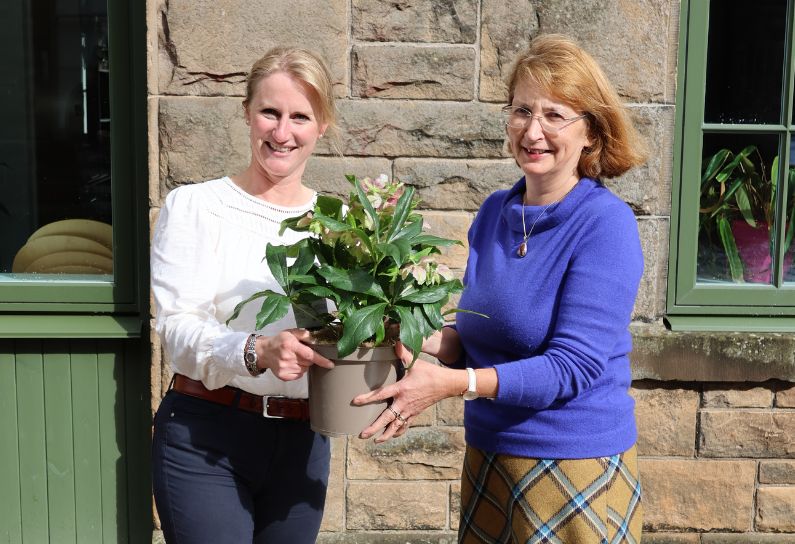
- Stirling’s Streetscape Stories: Photography Workshop

- Level 3 Award in Energy Efficiency for Older and Traditional Buildings Retrofit Course (2 Day)

- Stirlingshire’s Highland Games

- Creative careers in the heritage sector

- Postcards From Stirling

- Stirling’s Gala Days

- Building Surveying Student Intern at Stirling City Heritage Trust

- Heritage Trail: Stirling Walks

- Local History Resources

- Stirling Through the Decades

- Stirling’s STEM Pioneers

- Traditional Skills: Signwriting

- Christian MacLagan, a pioneering lady, but born too soon?

- Traditional Shopfronts in Stirling

- Stirling History Books for World Book Day

- My Favourite John Allan Building by Joe Hall

- My Favourite John Allan Building by Lindsay Lennie

- My Favourite John Allan Building by Andy McEwan

- My Favourite John Allan Building by Pam McNicol

- Celebrating John Allan: A Man of Original Ideas

- The Tale of the Stirling Wolf

- Stirling: city of culture

- Christmases Past in Stirling

- Stirling’s Historic Graveyards

- Top 10 Tips for Architectural Photography

- An Interview with David Galletly

- Springtime in Stirling

- The Kings Knot – a history

- A Future in Traditional Skills

- Robert Burns’ First Trip to Stirling

- Stirling’s Witches

- Stirling’s Ancient Wells

- An architecture student’s take on the City Of Stirling

- Ronald Walker: Stirling’s Architect

- Stirling’s Statues

- Stirling’s Wee Bungalow Shops

- Stirling’s Historic Hospitals

- Women in Digital Innovation and Construction

- Heritage at home: 8 of the best online heritage resources

- Stirling featured at virtual heritage conference

- Five of Stirling’s greatest John Allan buildings

- Women in Construction – Stirling event report

- Scotland’s trailblazing women architects

- Stirling’s Heritage: Spotlight on The Granary

- TBHC Scheme now open to properties in Dunblane and Blairlogie

- How drones help us inspect traditional buildings

- Hazardous Masonry & Masonry Falls

- Mason Bees: What’s the Buzz?

- Stirling Traditional Skills Demonstration Day Success!

- Floating Head Sculpture at Garden Glasgow Festival 1988

- The story behind Paisley Abbey’s Alien gargoyle

- Cambuskenneth Abbey

- Stirling City Heritage Trust Publications

- Sharing Memories: Taking '20 Great Buildings of Stirling' into the community

- William Wallace Statues In Stirling

- Coronations and Royal Christenings in Stirling

- The development of King's Park

- Energy efficiency project awarded grant from Shared Prosperity Fund

- Inspiring the Future: Stirling City Heritage Trust's Women in Construction Event at Wallace High

- Doors Open Days Talk: Who Built Stirling?

- 10 Years of the Traditional Buildings Health Check

- Growing up in Stirling: A Night of Reminiscence at The Smith

- SCHT visit to Brucefield Estate, Forestmill, Clackmannanshire

- Statement on Christie Clock

- Stirling’s Lost Skating Heritage

- Laurelhill House and the West Indies

- Beechwood House and the Transatlantic Slave Trade
- About Us

- Support Us

- Contact

Stirling’s Built Heritage
Pre-industrial Stirling was one of three major strongholds in Scotland, the others being Edinburgh and Perth. By the 16th century, the medieval castle had become a luxurious Royal Palace and favoured residence of the Stuart Kings.
The Royal Burgh developed on the steep slopes below the castle. Burgh lands were divided amongst burgesses in long narrow plots, giving rise to the characteristic building form found in historic Scottish burghs of tall, narrow buildings.
Despite an increasing population, Stirling didn’t expand beyond its original medieval layout until the 19th century when classical villas were built to the north and south of the town. These grand new streets had names which reflected contemporary culture and politics; Irvine Place, Queen Street, Albert Place, Pitt and Melville Terrace.
These villas, set in generous grounds, contrasted with the Top of the Town where the streets were densely populated. Living conditions were poor, and over the course of the 19th and early 20th century most buildings in the area were in a terrible state of repair. Progressive demolition began from the end of World War I. Attempts were initially made by Sir Frank Mears to save the historic buildings and continued under burgh architect, Walter Gillespie. What was built is essentially in the ‘Scottish domestic revival idiom’ with elements of Scottish vernacular architecture in the new housing.
Who Built Stirling?
Architects and craftsmen constructed Stirling over many centuries. Although we do not always know who designed or constructed early buildings, from the later 19th century’ the architectural profession expanded and became very influential in the styles adopted. The distinctive buildings of the Victorian and Edwardian eras were designed by several notable architects such as John Allan and McLuckie & Walker.
More on Scottish architects working in Stirling can be found on the Dictionary of Scottish Architects website.









